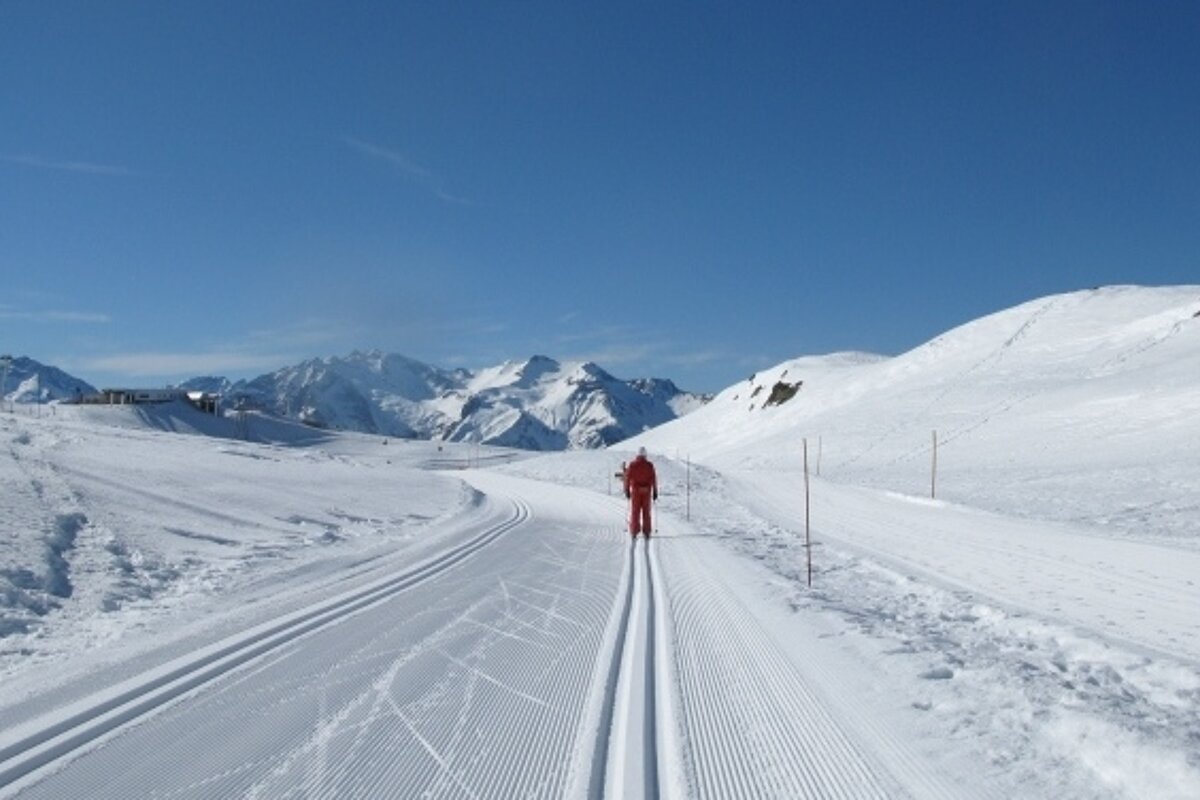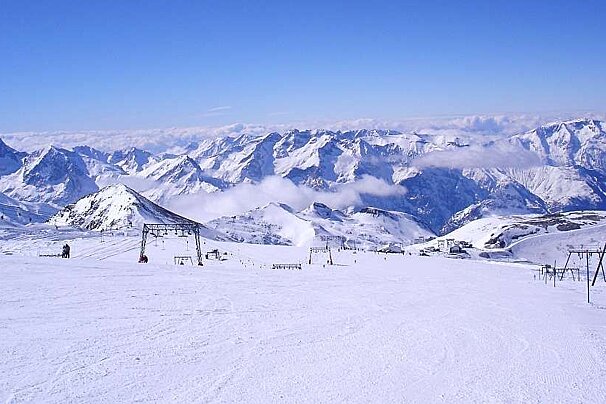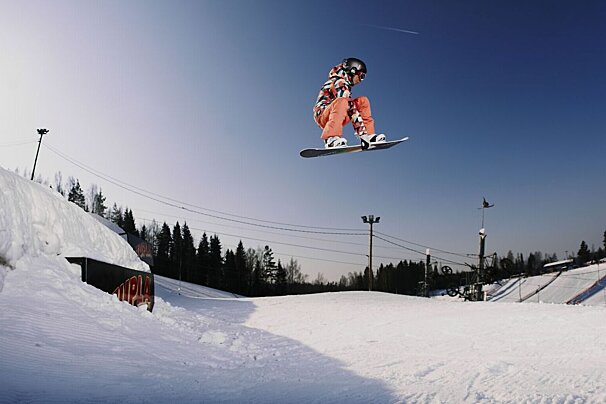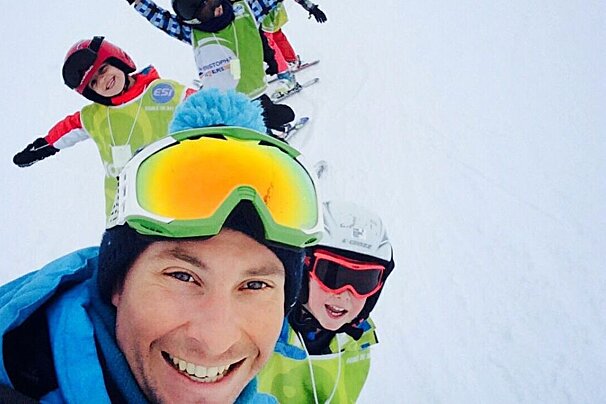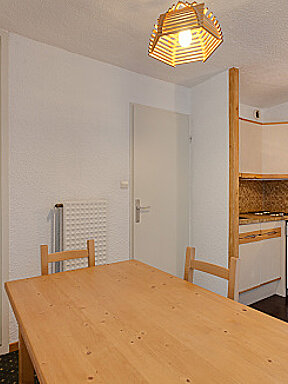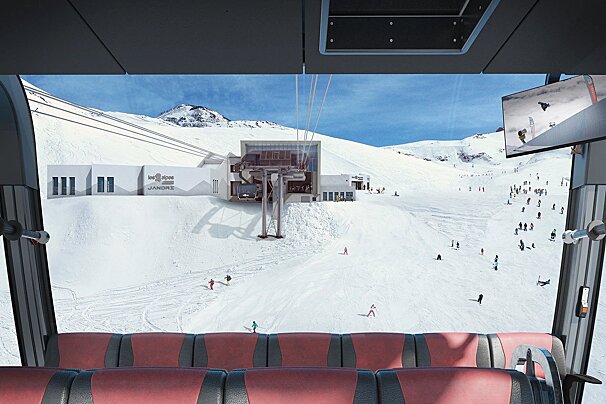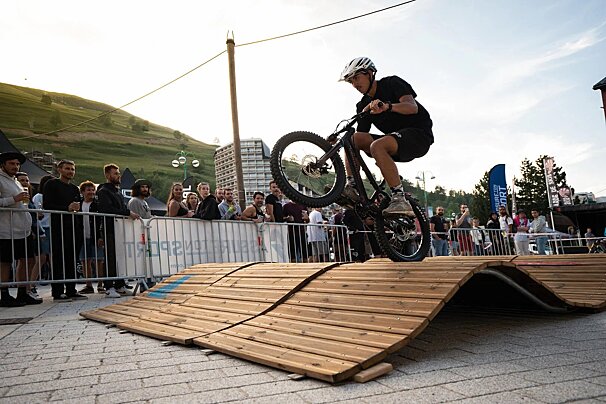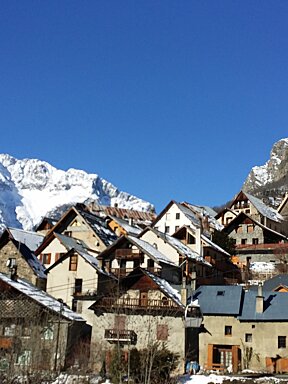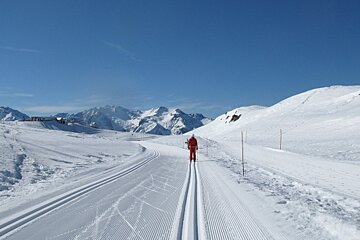
Cross-country Skiing in Les 2 Alpes
Discover the top Les 2 Alpes nordic skiing
The Oisans region has numerous cross-country trails in and around Les Deux Alpes.
Tracks are maintained for both the classic and skating styles, usually side by side on specially prepared pistes.
Villar d’Arène
The best cross-country skiing in the area is a half hour drive away in the picturesque village of Villar d’Arène. Situated on the edge of the national park you can find a variety of well maintained tracks and views to die for. There is a 3km, 7km and 10km loop to explore. There is also a ‘refuge’ by the car park, you can get a great lunch here relaxing by the wood burning stove.
Les 2 Alpes
You can access the tracks in Les 2 Alpes at the bottom of the Vallée Blanche chairlift; they are only suitable for skating style as they are shared with walkers so do not have the classic tracks in place. The good news is they are free, but they are not prepared as well as dedicated cross-country tracks, so are not suitable for novices.
Watch this
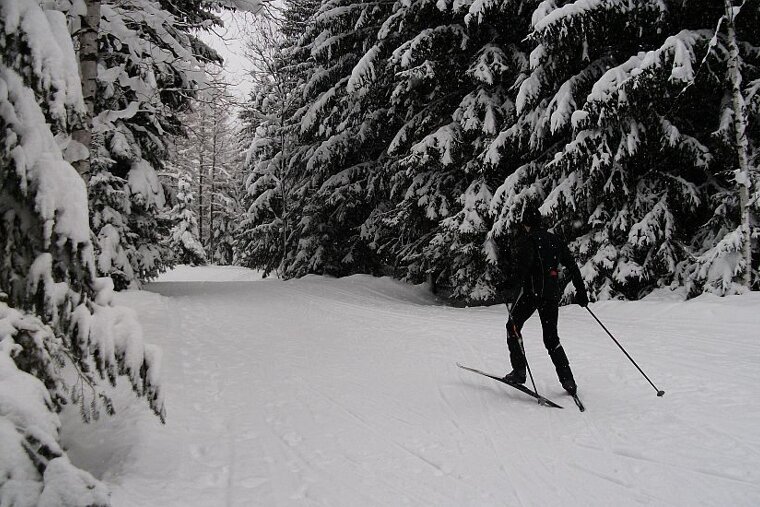
Book a cross-country ski lesson?
Whilst cross-country skiing appears to be just walking, which it is on the flat and even on the uphill sections, going downhill is trickier than it looks. A lesson will provide you with the basic knowledge and skills that will allow you to tackle uphill sections and more importantly come back downhill nice and safely. You will learn the basic descending style of one ski in the pre-formed track and one as a snowplough type brake. Once you’ve mastered this try and ski downhill in a snowplough type position.
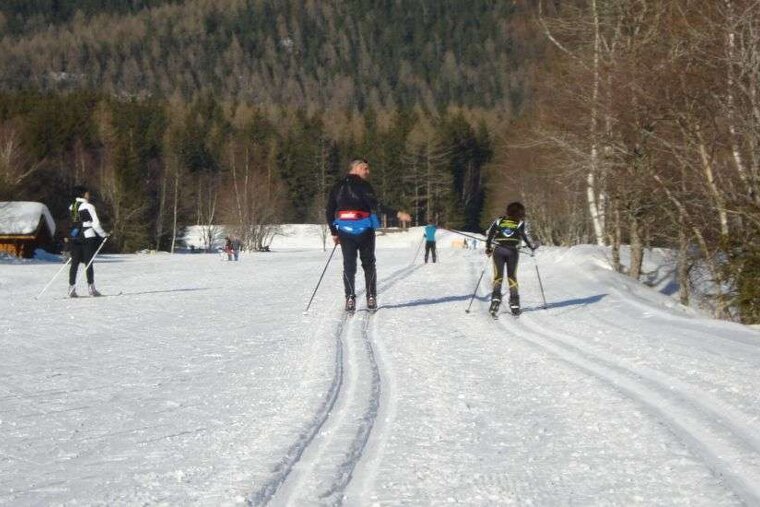
Cross-country skiing
What to wear
Many cross-country skiers you see in resort wear clothing more along the lines of cycling apparel rather than that of normal alpine skiers. It gets very warm cross-country skiing, so wear layers that can be removed as necessary.
Take a rucksack for your clothing and supplies, and don't forget some snacks and plenty of water. The “camelbak” type hydration backpacks are great for cross-country skiing, room for your layers and a drink combined as well. They also mean you can grab a drink without having to take your rucksack off and when you are drinking regularly this really helps. You will need around one litre of liquid for a three to four hour ski session. You can burn in the region of 1,500 calories in a two hour cross-country session at fairly high intensity, so you will need to keep your energy levels up. Bananas are always a great snack when exercising, the slow release potassium really helps fight fatigue.
More fitted trousers will help with the technique of both classic and skating, less chaffing as your legs move. Helmets generally aren’t worn but you may want a bobble hat or headband to keep your ears warm. Remember it gets really warm going uphill and cooler going downhill. Gym/cycling base layers are great if you have them or something with a wicking layer. The wicking fabric helps remove the sweat from your torso and keep it in the material itself which helps keep you cool when climbing and also stops you getting cold when descending.
Classic or skating style
As a beginner go for classic style, where you generally keep your skis in a straight line and it’s more of a walking style, this is the basic style to initially master. Once you’ve mastered classic style you may decide this is for you and continue with your development of the technique. Alternatively, you may decide to take up skating style, this is the more advanced technique that you see the biathletes using. It’s more advanced and requires a more technical skill set.
Top tip: To begin with stick with classic and see how you get on.
Skis and poles
There are different skis for classic and skating, so make sure you get the right skis for the type of skiing you are going to do. The skis are longer than normal alpine skis, somewhere between 95% and 105% of your height, the poles are much longer too (between chest and shoulder height in relation to your body) for pushing uphill, so don’t be tempted to try and use your normal alpine ski poles.
Most cross-country skis are “wax-less” as the traction for going uphill is provided by a “fish scale” type grip pattern on the central section on the bottom of the ski. If your skis don’t have a “grippy” section on the bottom you will need to wax them for traction, then you need to get the right wax.
Soft wax = more grip uphill, but slower downhill. Hard wax = less grip uphill, but quicker downhill.
Top tip: To begin with get skis with a “grippy” section to eliminate the wax issue.
Boots
Make sure your boots fit well, nice and snug. Cross-country ski boots are more like a hiking boot, in many ways similar to a winter ankle style cycling boot. Ensure they fit well as you are basically walking and jogging in them whilst skiing for several hours a day.
Hiring equipment
You can hire cross-country ski equipment in the village of Villar d'Arène and from a number of ski hire shops in resort. Check in the shops for current prices.
Once you have grasped the essentials, head off for the tranquil cross-country trails that criss-cross the Oisans region.
More inspiration...
Find the cross-country ski maps for Les 2 Alpes.
Take a look at this year's ski lift pass prices and if you're not sure which one to buy, read our guide for more information.
